Turning the tide for Scotland’s sea trout
The drastic decline of Scotland’s sea trout makes them one of the Trust’s Priority Species. Alan Kettle-White from Argyll Fisheries Trust outlines the complex life-cycle of these fish, which face threats in Scotland seas and river, and explores what can be done to help them recover.
Brown trout are found virtually everywhere around Scotland, inhabiting headwater streams, lowland rivers, estuaries and even in our coastal marine waters. Their wide distribution, variation in appearance, and life history traits makes this adaptable species a common part of Scotland’s biodiversity.
Despite this, we often overlook the sea trout as it passes between the two different worlds of fresh and saltwater habitats. Yes, the same brown trout found in our burns and rivers can be a sea fish too!
What are sea trout? It is often quoted that “all sea trout are brown trout, but not all brown trout are sea trout”. While sea trout are one and the same species as brown trout, they display a different lifestyle that forms part of the wide diversity found in this species.
The life-cycle of sea trout is similar to that of Atlantic salmon, which migrate to sea after spending between one and four years feeding and growing in freshwater before emigrating in the spring as ‘smolts’ when they change from the brown to a silver livery and become adapted to salt water.
Unlike salmon, sea trout usually remain in coastal waters and may return to freshwater for anywhere between several weeks or months, usually spawning alongside resident brown trout.
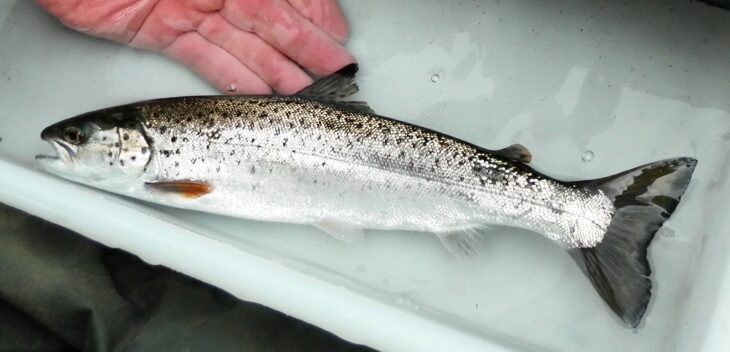
Sea trout are a useful indicator of the health and condition of both our rivers and coastal marine waters. There is however widespread concern over the current status of many sea trout populations as displayed by their general decline in fishery catches on Scotland’s west coast and other areas. Given their reliance on the connectivity and condition of a wide range of habitats, it can be difficult to determine the factors that may be affecting them more than others.
As a fisheries biologist working in Argyll & the Islands for the last 20 years I’ve had my fair share of frustrations while trying to catch and better understand the elusive sea trout. A fish that always seems to be on the move makes a difficult character to study and consequently we rely on snippets of information that are usually hard won.
Sea trout typically spawn in smaller coastal streams and tributaries of larger rivers, in contrast to salmon which utilise the main channels and larger tributaries. The spawning and juvenile nursery habitats of sea trout may be easily stepped over and are commonly perceived as mere ditches.
Such burns are often straightened and regularly dredged of their vital gravel bed for improved drainage of agriculture and forestry land. Where open to grazing livestock they can become de-vegetated and banks trampled. This causes silt to fill the bed, reducing cover and invertebrate production which trout rely on for shelter and food. Loss of trees and vegetation also exacerbates the warming effects of climate change.
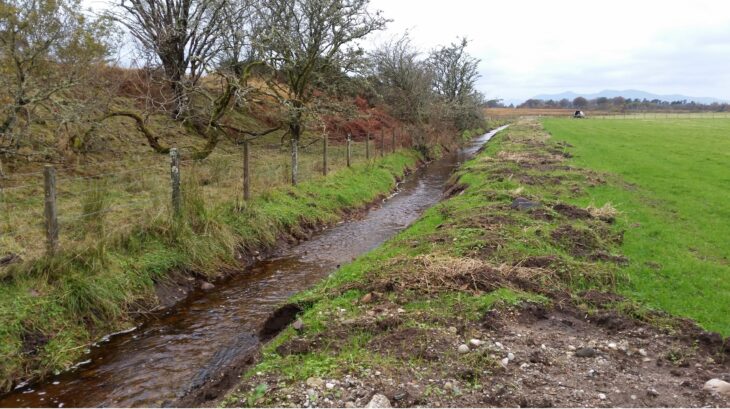
Habitat modification and barriers to migration are also affected by urban development, with many weirs and culverts preventing or restricting the use of spawning and nursery habitats. These freshwater factors have contributed to the long-term chronic decline in sea trout populations.
While the Water Framework Directive has helped improve our freshwater habitats, these smaller streams are often overlooked or do not qualify for funding, and concerns over flooding are likely to inhibit recovery in these habitats. However, where possible local Fishery Trusts are working to improve these habitats for fish.
On such streams, habitat diversity can easily be improved with fencing to encourage re-growth of vegetation and where appropriate, the addition of wood features or large woody debris can be used to scour new pools, clean spawning sites and provide cover for fish.
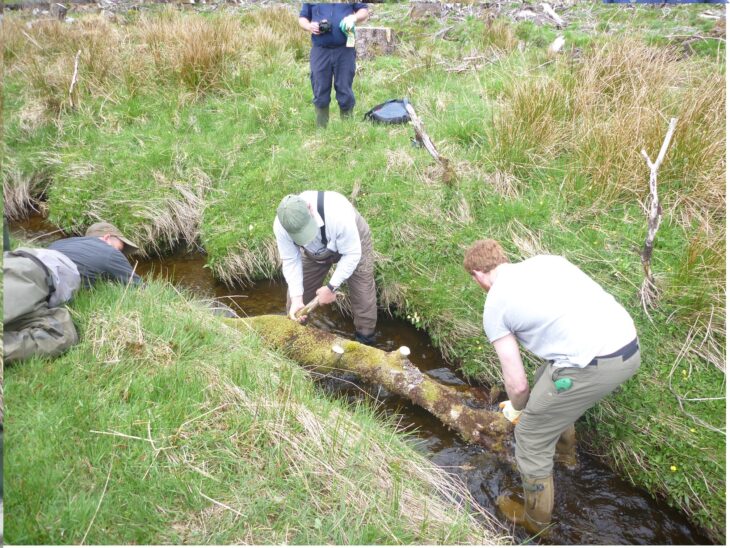
Removal or reduction of obstacles such as culverts and old weirs can achieve significant improvements in the number of young fish upstream but usually requires a lot more planning and cooperation from land owners and agencies.
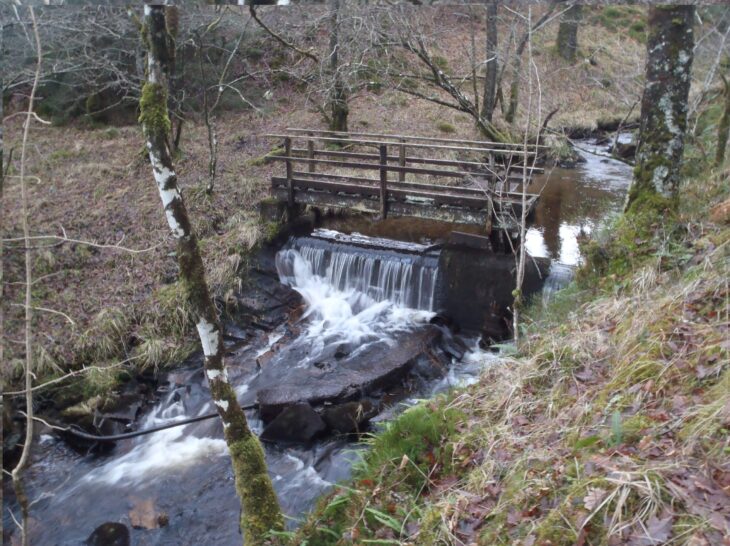
There are a different range of factors affecting sea trout populations in our marine habitats but these are harder to identify. Since the 1980s, the opening of coastal waters to trawlers and dredgers have potentially affected the availability and productivity of coastal habitats. We hope to see improvements in the condition of such habitats in Marine Protected Areas and a rise in awareness amongst the public and fishing sector on better managing our inshore habitats. Climate change may also bring a variety of opportunities and threats to our sea trout.
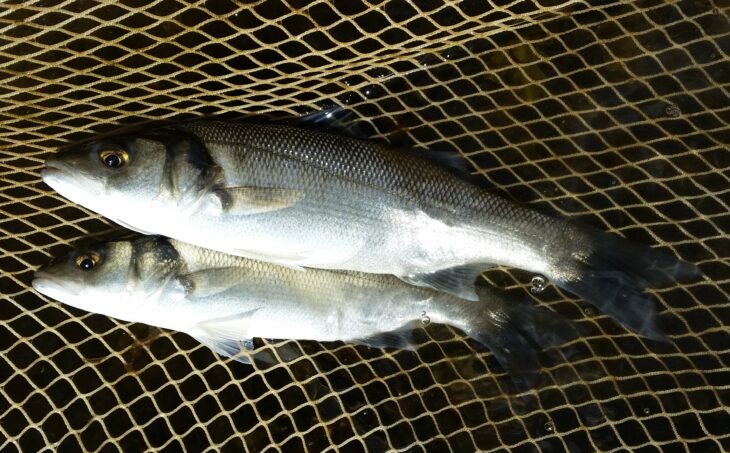
Additionally, the west coast has seen increasing development of aquaculture in the form of salmon farming. Currently there are many more farmed than wild salmon on the west coast, providing many more potential hosts for parasites than would occur naturally. Surveys have found that sea trout sampled closer to fish farms have more sea lice than those sampled further away and can host higher numbers of sea lice when lice numbers on farms are also elevated. Much more research and improved regulation of sea lice on farms is required to reduce the threat to sea trout.
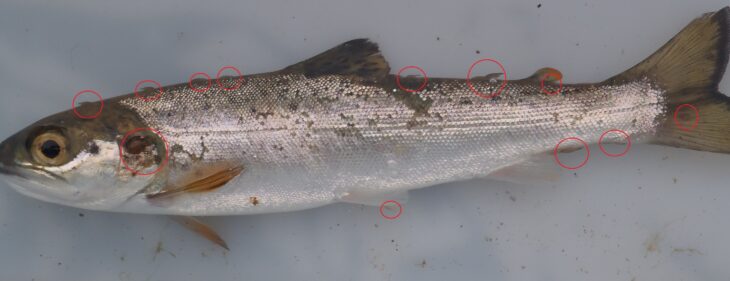
There is much to be done to restore and sustain healthy sea trout populations, which would also benefit wider biodiversity, potentially helping to sustain fisheries and healthy piscivorous birds and mammal populations. If you know of a local stream that could do with some help, why not contact your local fishery trust for advice, and help to turn the tide.
Help protect Scotland’s wildlife
Our work to save Scotland’s wildlife is made possible thanks to the generosity of our members and supporters.
Join today from just £3 a month to help protect the species you love.
Preface
The drastic decline of Scotland’s sea trout makes them one of the Trust’s Priority Species. Alan Kettle-White from Argyll Fisheries Trust outlines the complex life-cycle of these fish, which face threats in …
